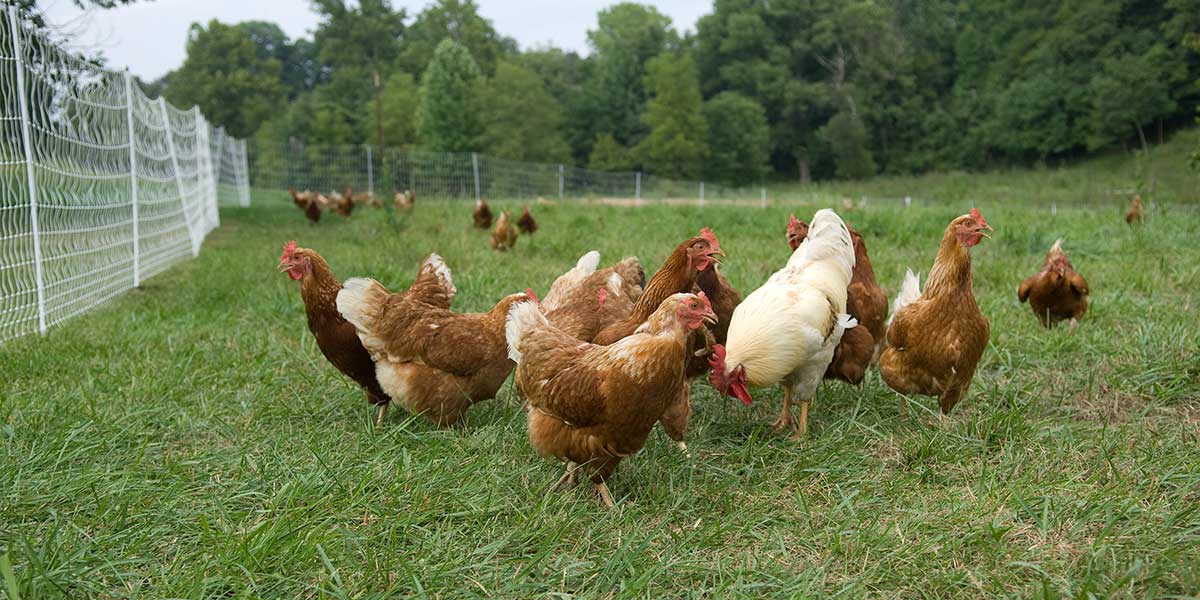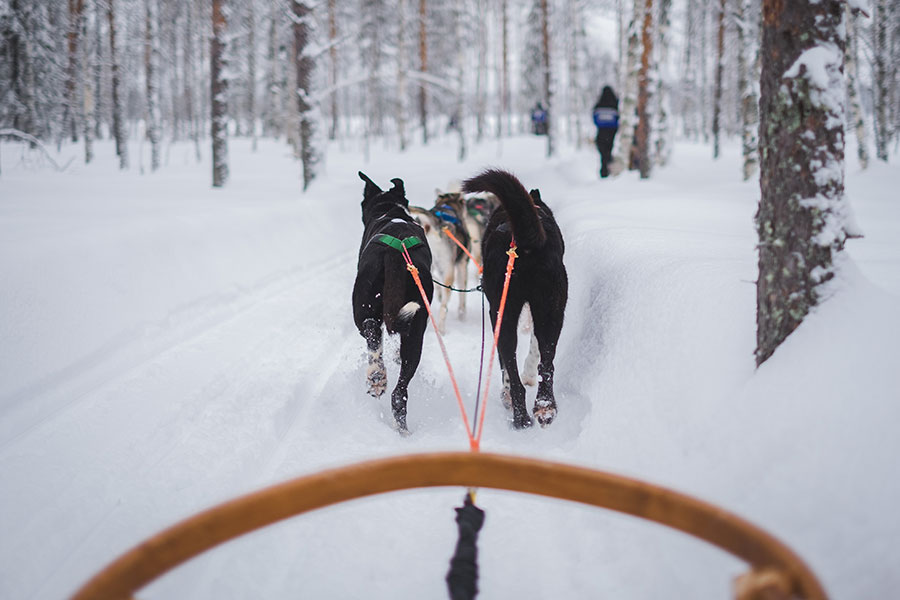When people think of animals of the canine variety, most of us instinctively picture them in their common role of serving “merely” as household pets: that is, boon companions to us and our kids, if not full-fledged members of the family.
Yet thousands of years before domesticated dogs took on this role within the home, evolutionary biology had already forged a unique bond between animal and human in which the quadruped also served as helpmate and acolyte to its bipedal comrade. Such dogs (depending on their breed) boasted qualities of speed, strength, endurance, resistance to cold, proficiency in swimming, high intelligence, receptivity to commands, sharp eyesight, acute hearing, and/or superior sense of smell that allowed them to perform tasks on our behalf—but to the dog’s mutual benefit—for which people were not naturally well suited. For that reason, certain dog breeds continue to this day to work alongside us in a variety of key areas, not as pets but as collaborators.
In honor of this coming Labor Day weekend, we at Ketchum Mfg. Co. pay homage to those working dogs who do the jobs we can’t do, make our own daily work easier, and ofttimes even save our lives.
The Hunter
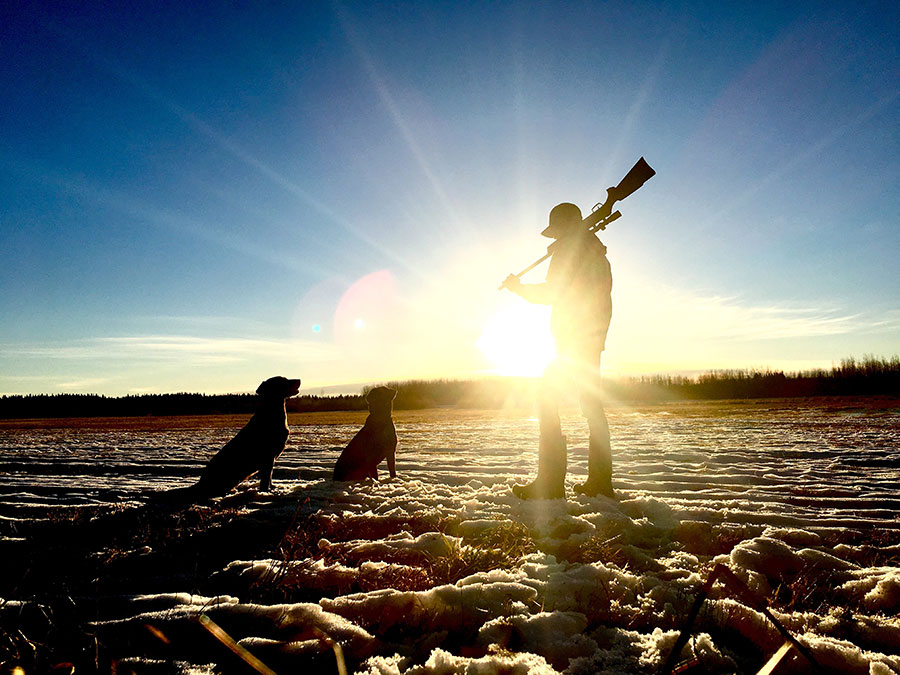
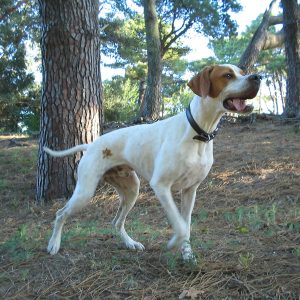
Indeed, some of the earliest depictions of the constellation Orion (“The Hunter”) also feature his two hunting dogs, the bright stars Canis Major and Canis Minor. Both figures are commonly represented as following Orion through the sky in their quest for sidereal quarry.
It is not implausible to state that the success of Homo sapiens as a species would not have been possible without the assistance of those first wolf-like dogs that were welcomed at the hearths of prehistoric humans.
Today, various breeds of trained hounds, retrievers, pointers, terriers, and others are used by members of the hunting community to sight, stalk, flush out, run down, and retrieve whatever small or large game may be destined for the dinner table. As any thoughtful hunter nowadays will tell you, half the enjoyment of this sport derives from feeling a deep, primeval connection to a way of life dating back to the very dawn of humankind.
The Herder
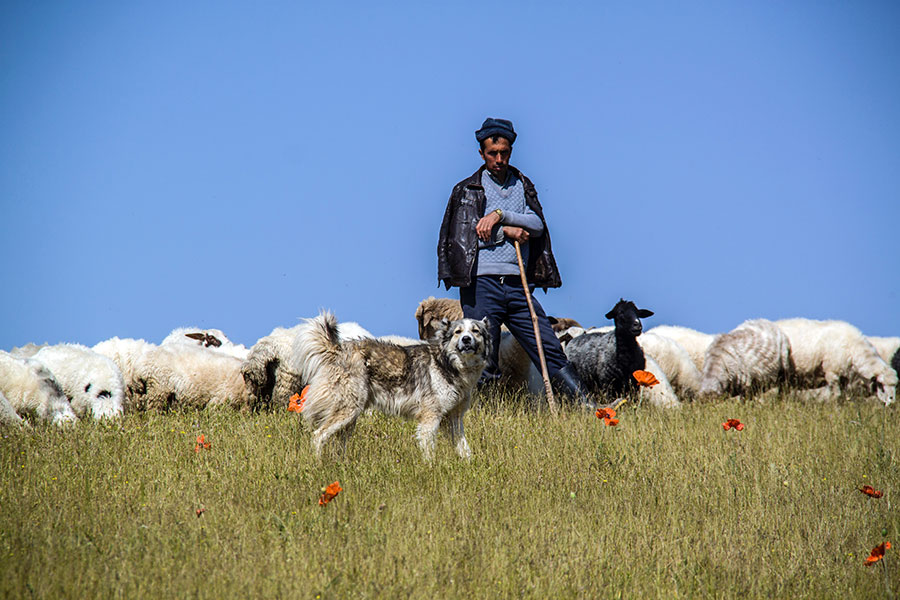

Once those first hunter–gatherer humans began to congregate in permanent settlements and ultimately towns and cities, they came to realize that raising animals for food and fur was more reliable, efficient, and just plain easier than hunting them. Thus, for good or ill, human civilization was born.
And once again, dogs stepped in to lend a hand—or rather, paw.
The pastoral duties of those first herding dogs involved helping farmers protect and manage their flocks of goats, sheep, cattle and the like—but without acceding to their natural instinct to attack, kill, and eat the livestock! Specially bred and trained for this purpose, today’s various breeds of heelers (like corgis, who nip at the heels of herd animals), headers (like collies, who stare down the animals), and tenders (like German shepherds, who act as a living fence to guide the animals) follow in the footsteps of an agricultural tradition laid down millennia ago.
This astonishing sheep-herding demonstration video illustrates perfectly the high degree of intelligence, training, and obedience required of a dog that does this kind of job.
The Helper
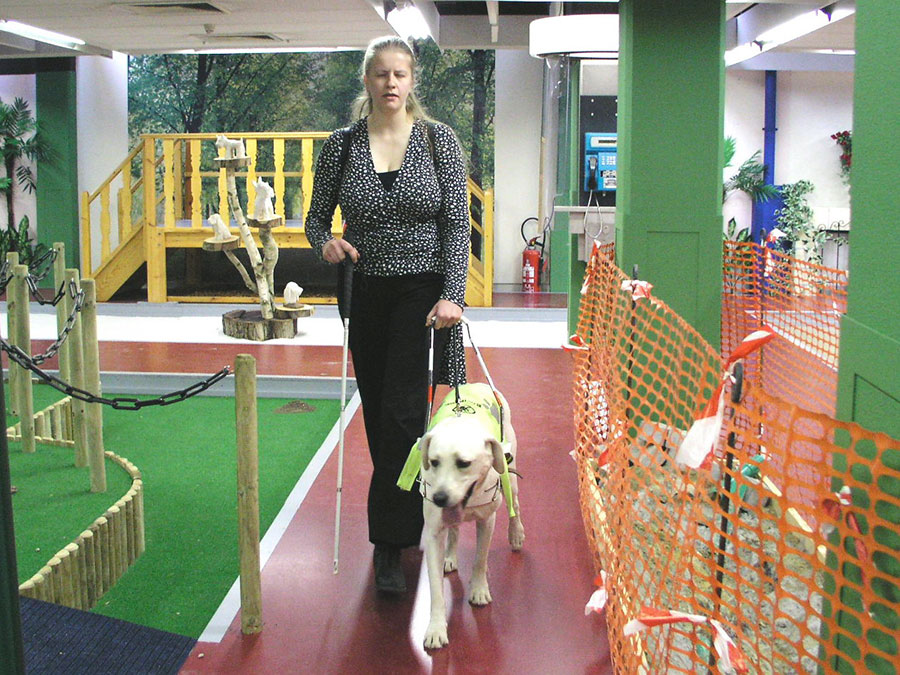
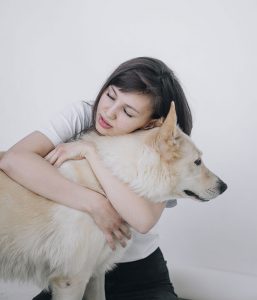
Given the high level of intelligence of certain breeds of dogs—not to mention other desirable characteristics they may possess such as having a good temperament, biddability, and trainability—it was almost inevitable that in modern times (as far back as the First World War) they would be put to work in much more advanced arenas of human need. And so the concept of the “service dog” came into being.
As the name implies, these are dogs that, well, serve. And the ways they serve are almost too numerous to mention. They act as guides for the sight- and hearing-impaired. For the wheelchair-bound and others with mobility issues, assistance dogs can pull wheelchairs, open and close doors, turn on lights, and bring objects to people. For people prone to epilepsy and other types of seizures, response dogs are trained to activate an alarm, fetch help, retrieve medicines, and even physically remove the seizing person from an area where they might come to harm. Diabetic alert dogs can sense changes in blood glucose levels in saliva and alert their handlers to perilously high (or low) blood sugar levels. Similarly, those afflicted with severe allergies rely on the acute olfactory abilities of allergy detection dogs to sniff out the smallest traces of deadly allergens in the environment and so prevent them from going into anaphylactic shock. Both children and adults on the autism spectrum gain a sense of safety and independence with the help of autism service dogs. The lives of PTSD sufferers are immeasurably improved by their therapy dogs, which are trained to quell anxieties, help them regain confidence after a traumatic event, and even remind them to take any required medications.
The breeds most commonly found in this service sector include German shepherds, Labrador retrievers, and golden retrievers.
The Guardian
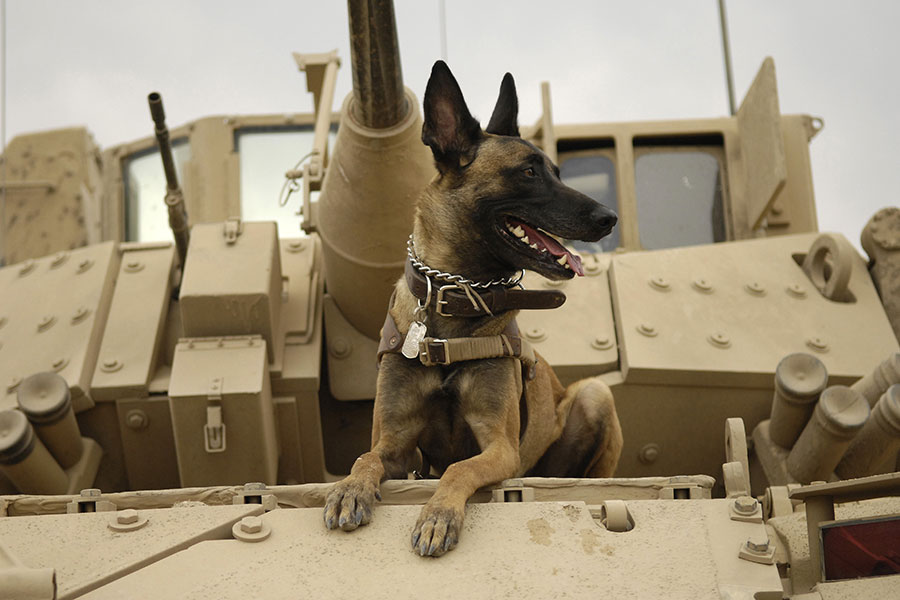
As is often the case, many of the aforementioned canine service capabilities for the benefit of “civilians” first came to light when originally put to use for practical military and police purposes. For example, much as herding dogs were trained to protect livestock, military guard dogs and watch dogs have a long history of protecting individuals and property. During the First World War, the Kaiser’s army relied heavily on the use of German shepherds as messenger dogs. In the U.S., military working dogs assist members of the armed forces with their operations as trackers, detectors, sentries, and scouts. And of course, throughout the United States, police K9 units are famed for aiding law enforcement in protecting their handlers, chasing down criminals, and sniffing out bomb material and illegal substances.
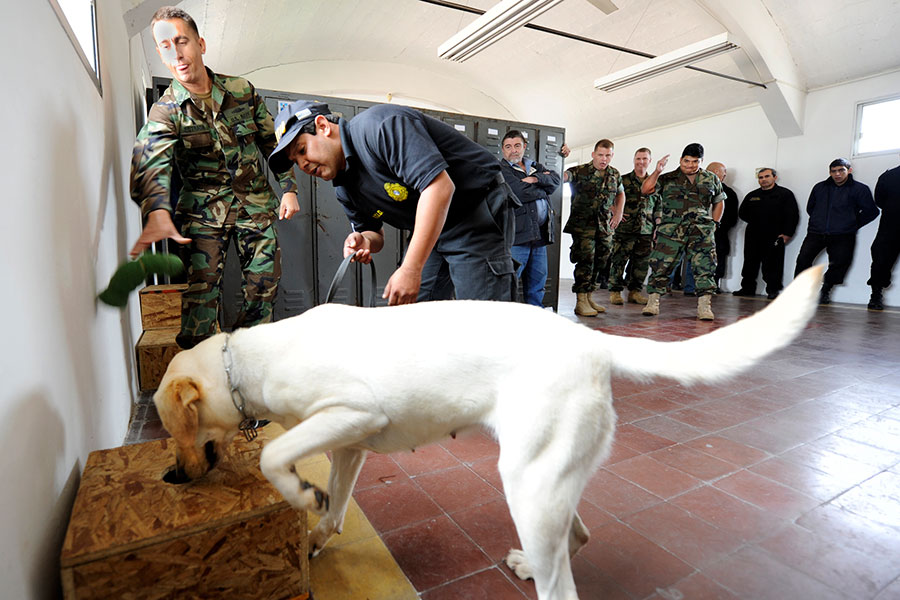

The Rescuer
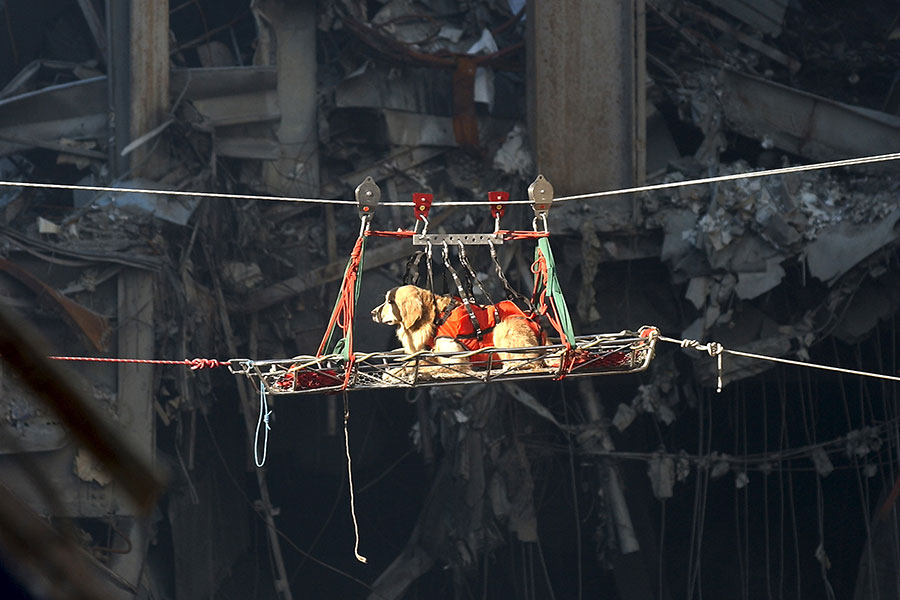
Among avalanche dogs such as St. Bernards—whose history of rescuing people lost or buried in Alpine snow dates back to before 1700—one name in particular stands out: Barry der Menschenretter (1800–1814), who is credited with saving between 40 and 100 lives in Switzerland. (The German word Menschenretter means “people rescuer.”) But perhaps the most acclaimed rescue dog in history is Balto (1919–1933), a Siberian husky and sled dog who in 1925 led his team on the final leg of a punishing overland journey, in the depths of winter, to deliver diphtheria antitoxin to combat an outbreak of the disease in Nome, Alaska, thereby saving the lives of perhaps hundreds of young people. Today a statue in his honor for this accomplishment stands in New York’s Central Park.
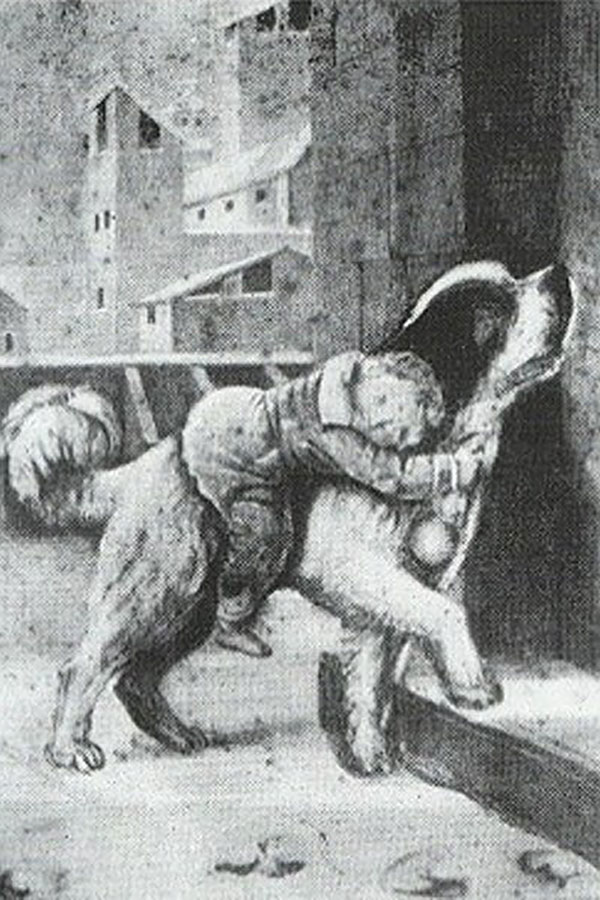
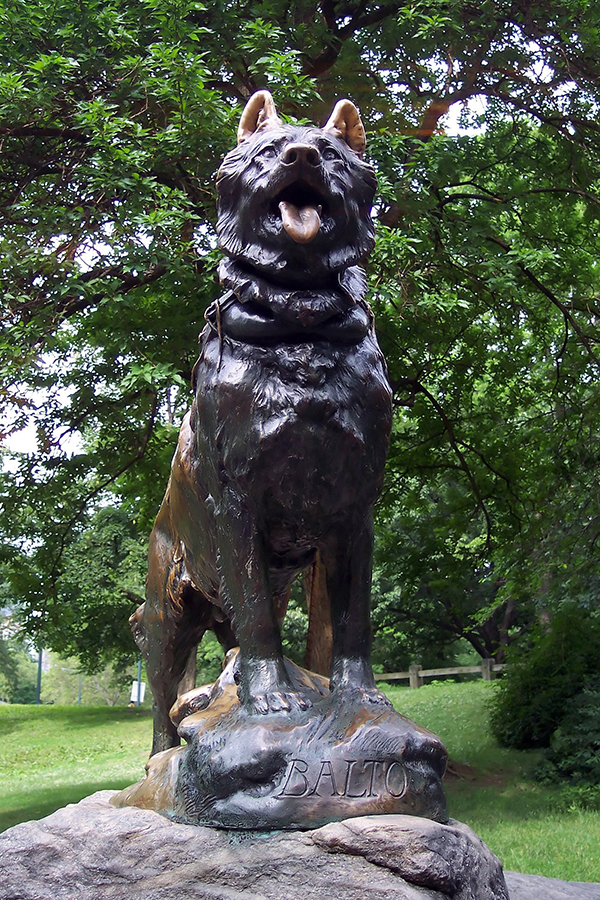
It almost goes without saying that many of the remarkable character traits mentioned above which make these dogs such good and effective workers also make them excellent pets in the home. So here’s to the working dogs that bring so much ease and light into our homes and the whole of human existence.
Ketchum Mfg. Co. wishes all our friends and followers—and their dogs!—a safe and happy Labor Day weekend.
